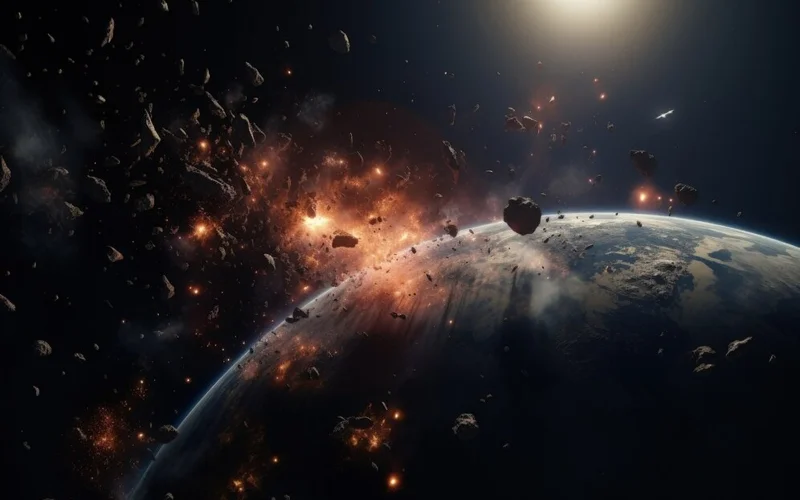How space debris became the biggest threat to space exploration – ESA report
The European Space Agency (ESA) has released its annual report on the state of the space environment, and the findings are alarming. The amount of debris in orbit continues to rise, increasing risks for active satellites and future missions, Kazinform News Agency correspondent reports.

What’s happening in orbit?
Since the dawn of the space age in 1957, the number of objects in orbit has been steadily growing. According to ESA, more than 39,000 catalogued objects — including satellites, rocket bodies, and debris — are currently orbiting Earth. But that’s just the tip of the iceberg: ESA’s models indicate that space is home to:
· 54,000 objects greater than 10 cm (including approximately 9300 active payloads),
· 1.2 million objects from 1 cm to 10 cm,
· 130 million objects from 1 mm to 1 cm.
Collisions and explosions involving old satellites and rocket stages pose a particular threat. In 2024 alone, several major incidents created thousands of new fragments. For example, there were several significant fragmentation events that year: on August 6, a rocket stage weighing 6,000 kilograms in low Earth orbit generated 663 catalogued fragments, with the cause identified as “propulsion issues.” On October 19, a satellite weighing 2,946 kilograms in geostationary orbit produced 1,104 trackable pieces of debris.
This is dangerous because there’s always the risk of collisions — even a small fragment can disable a satellite, and a chain reaction of such collisions, known as the Kessler effect, could render low Earth orbit unusable. In addition, the growing volume of debris complicates new launches and drives up the costs of protecting spacecraft.
Addressing the problem
To tackle the issue, ESA and other space agencies are implementing measures to reduce debris. Under ESA’s new standards, satellites must leave orbit within five years of completing their missions, down from the previous limit of 25 years. More and more rocket stages and satellites are now being deliberately deorbited — in 2024, for the first time, there were more controlled re-entries than uncontrolled ones. At the same time, new technologies are being developed to actively remove debris from orbit.
If the situation doesn’t improve, the amount of debris will continue to grow even without new launches. ESA’s models predict that over the next 100 years, there could be as many as 800 catastrophic collisions.
“Even in case of no further launches into orbit, it is expected that collisions among the space debris objects already present will lead to a further growth in space debris population in Low Earth Orbit,” reads the report.
Earlier, Kazinform News Agency reported that Carrier rocket with Soyuz MS-27 manned spacecraft blasted off from Baikonur Cosmodrome.
